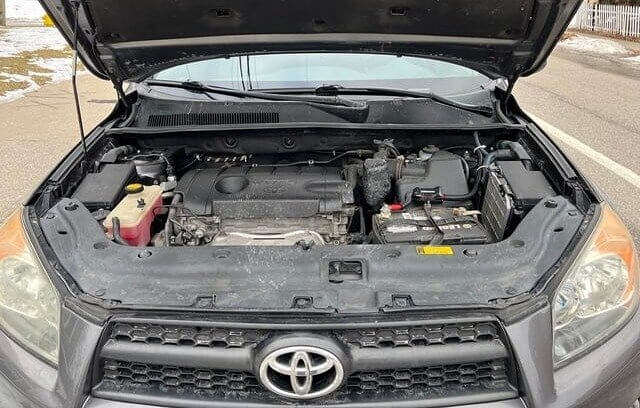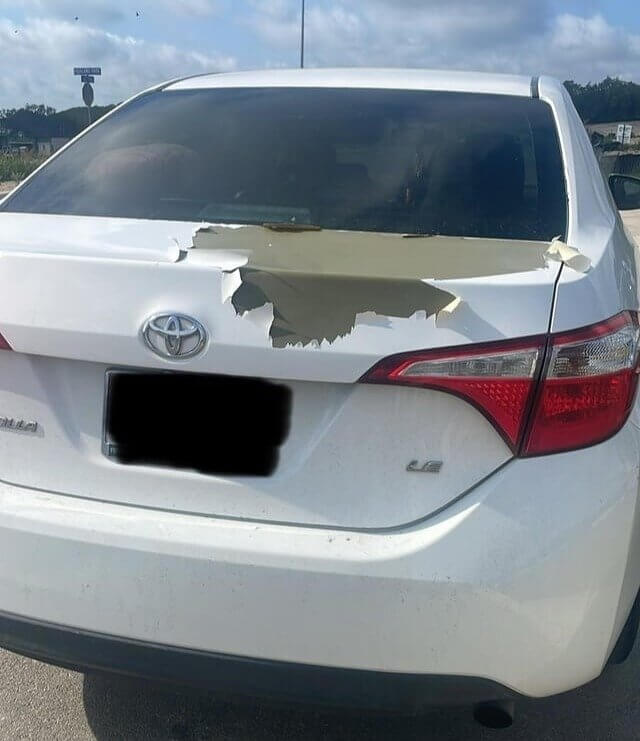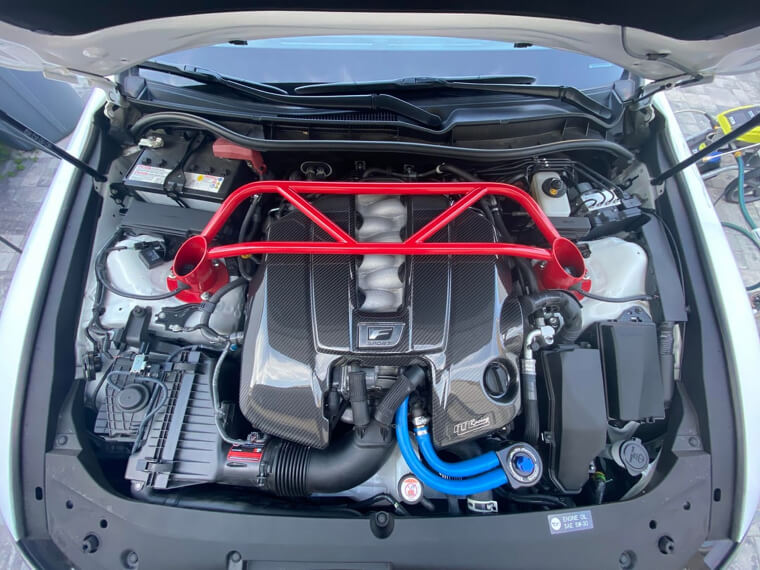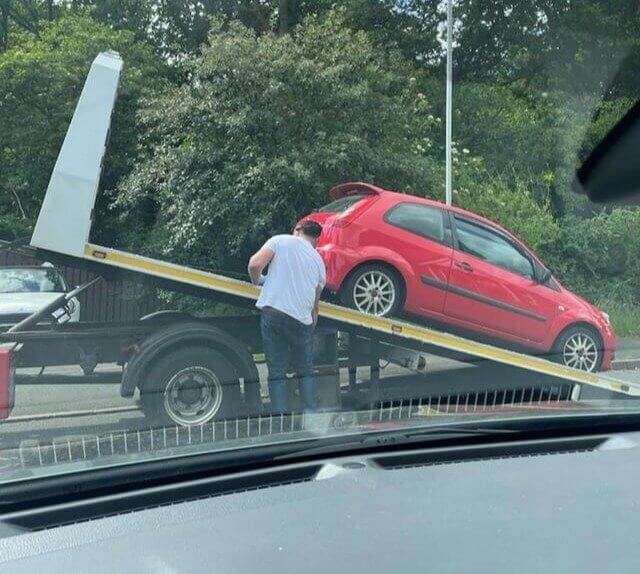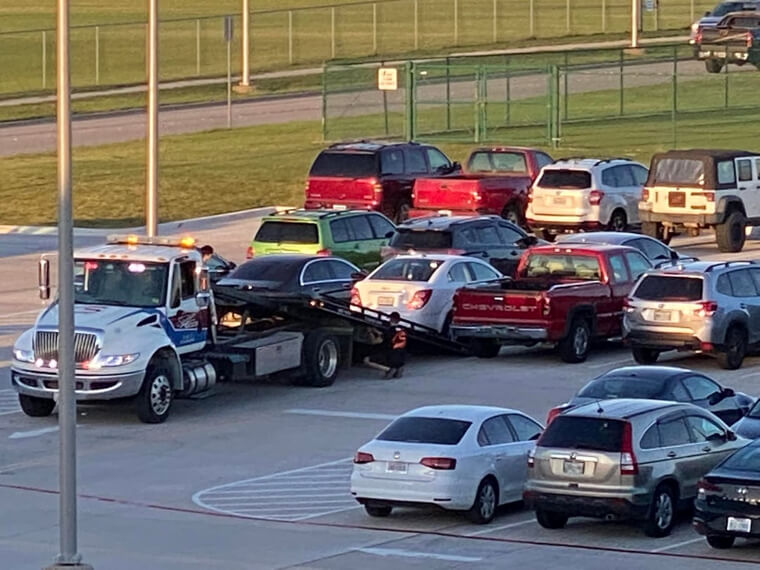Was Your Car Recalled?
A car recall happens when a manufacturer or government agency determines that a vehicle has a defect that could affect safety, emissions, or compliance with regulations. Recalls are designed to protect drivers, passengers, and others on the road by making sure problems are corrected quickly. The recall may be voluntary, when the automaker identifies the issue, or it can be ordered by the National Highway Traffic Safety Administration (NHTSA) after an investigation. Importantly, car recalls do not necessarily mean the entire vehicle is unsafe to drive. Often, recalls address one specific part, system, or software issue that requires inspection or replacement.
How Automakers Decide to Issue a Recall
Automakers track complaints from drivers, warranty claims, service center reports, and internal testing data. If a pattern of failures appears, it often signals a defect. In some cases, suppliers notify the manufacturer that a part may not meet safety standards. Automakers can also issue recalls after NHTSA investigations uncover repeated problems. When an issue is confirmed, the automaker must notify both the government and vehicle owners. Owners typically receive a letter in the mail describing the problem, the risk it poses, and instructions for free repairs. In today’s world, recall notices are also posted online for quick access.
The Most Common Causes of Recalls
Many recalls come from faulty parts supplied by third-party companies. Airbags, brakes, tires, seatbelts, and fuel systems are among the most recalled components because they directly impact safety. In recent years, software and electrical problems have caused a growing number of recalls as cars become more high-tech. Sometimes the defect is discovered after years of use in real-world conditions that weren’t apparent in testing. In other cases, mass production issues can lead to widespread flaws across thousands of vehicles. Whether the problem is small or serious, once it poses a potential risk, a recall is issued. In the recent Toyota, Lexus, and Subaru recalls, the issue was heating and cooling system issues.
What Owners Should Do If Their Car Is Recalled
If your vehicle is recalled, the most important step is to act quickly. Use your Vehicle Identification Number (VIN) to check on the NHTSA recall website or the automaker’s official page. If your car is included, contact your local dealership to schedule a free repair. Automakers are required by law to cover the cost of recall fixes, including parts and labor. In most cases, the repairs take only a few hours, but some may require replacement parts that can take time to arrive. Until the repair is complete, follow any safety guidance given in the recall notice.
Why Recalls Are Becoming More Common
In the past decade, recalls have increased in frequency. This is partly because vehicles are far more complex, with advanced electronics, sensors, and software systems that can fail. Global supply chains also play a role: one defective part from a supplier can affect millions of cars across several brands. At the same time, improved data collection means that problems are identified faster than before. While it may feel unsettling, recalls are actually a sign that the system is working. They ensure that issues are corrected and that drivers remain safe on the road for years to come.

